[Poultry Cottage, early 1800s, altered 1860s]
With the theme of work space/living place overlaps still in mind, we’ve just spent a few days in what was a poultry keeper’s cottage on the side of wooded hill in Mid-Wales and next to the most extravagant Fowl House imaginable.
[‘Villa at Walton-on-the-Naze’ (1948), Tirzah Garwood)
Poultry Cottage is like one of Tirzah Garwood’s shallow house models which are little pieces of domestic symmetry and tranquility. I saw them at the Dulwich exhibition (more on that soon) and adored them, so to stay in a real one with a poultry theme was a delight.
There were hens on the hand-made rug, in engravings and prints on the walls in all the rooms, on tiles,
[curtains by Duncan Tattersall who has made many designs for the Landmark Trust]
and on the screen-printed curtains and cushions, all done in classic Landmark Trust style. There was also eggs for breakfast and chicken for dinner.
[The Fowl House (1861)]
The variety of poultry in the house decorations reflected the huge number of breeds which were kept, in a rather Marie-Antoinette fashion, by Georgina Naylor whose madly rich father built the Fowl House on his huge Leighton Hall estate for her to participate in the Cochin Mania of the 1850s/60s which followed Queen Victoria’s passion for hen-keeping and her extravagant Poultry House in the grounds of Windsor Castle. (Perfect material for Punch cartoonists to lampoon which they did with glee.) The superior Leighton one looks like a huge cottage orné/ railway station somewhere in the Highlands, and it’s clear the hens were housed in far grander surroundings than their keeper.
[artisan navigation using road and railway atlases]
We loved discovering more of Mid Wales, despite the rain and the clouds which descend so quickly on the hills that in the time it takes to have a cup of tea, a whole range can disappear from view. It’s a mix of very beautiful flat-bottomed valleys held in by hills which pop up like those in a child’s drawing (they made me think of this 1995 film with Hugh Grant), with the road often running parallel with and right next to the Montgomery Canal, the very full Severn river, and the railway line. All that transport history in a few lines on a proper map (not the bloody sat nav which is soulless and often useless).
Although all the other routes peel away from the canal at this point. This is the Pontcysyllte Aqueduct (des. Thomas Telford, built 1795-1805); we managed to walk halfway across and then decide we’d experienced it enough. I’ve borrowed some photos to show how high and hair-raising it is - the gaps in the railings are wider than they look (definitely small-child width) - and even on a very calm day it felt foolish to take out my camera. It’s spectacular, worth a detour, and comes with lots of history about Ruabon bricks and the local brickworks. I love a good red brick.
I also love a bit of flannel. And this area around Montgomeryshire was known for its superior Welsh flannel which hit the big time with the coming of the railways. (There also some lovely old repurposed stations eg Welshpool, while the working ones have trains to take you to exciting places like Barmouth and Aberystwyth.) Llanidloes still has one old fulling mill, now flats, but all of these small towns have lost their important, traditional industries.
[Trinity Chapel, formerly Zion Congregational Chapel, 1878]
That’s not to say that they are hollowed-out and abandoned. Far from it. Two of the nicest small towns I’ve ever been to are Llanidloes and Montgomery. The former was raved about by the eclectic/picky architectural critic Ian Nairn; his 1960 essay is reprinted in Nairn’s Towns and, because the town has not changed much since the C19, much of it holds true. It’s a delightful place with interesting shop fronts, a cafe in a lovely old butcher’s shop, a grand old railway station, and at least six chapels (not all still in use).
[interior, seen thanks to the nice ladies who putting up decorations]
There appears to have been a explosion of non-conformism within the Non-Conformists of Llanidloes in the 1870s so these imposing, grandiose ‘Welsh Baroque’ buildings are within yards of each other, and you could once have had a fine old time on Sundays dashing around and doing a compare-and-contrast study of fiery sermons and grand interiors with shiny woodwork and foliate iron-work details on the gallery.
Montgomery, by contrast, is a tiny former county town, more C18 and agricultural, but with an equally good collection of old shop fronts, plus cobbles, handsome houses, and a fine collection of C18 metal framed windows (exactly the kind of thing you need to know, as pointed out by the “Pevsner” Powys guide). It also has Bunners (est.1892), a time-warp of an ironmongery and possibly one of the best we have yet found, even though we didn’t actually need any goat chains or gate fixings.
There is a serious point to all this what-I-did-on-my-holidays stuff. Like many other people, we make use of the convenience and locations of Airbnb rentals, but not without some misgivings. Airbnb pushes out the competition, often ruins small, independent businesses, and makes it difficult for local people to get decent, affordable places to live.
[one half of a nice memorial bas-relief plaque to Robert Owen in Newtown with shepherd wearing a smock - date and maker unknown]
The Landmark Trust is very different; it rescues all sorts of (mostly old) buildings in often out-of-the-way locations and uses traditional methods and excellent craftsmanship to restore them. Many of their buildings would elicit one-star reviews on Airbnb (no TV/washing machine/microwave, poor signal, steep stairs, had to go through five doors to get from the bedroom to the bathroom (true story), heather thatch fell on the bed, too many levels in the tall tower, no wifi) but this is exactly the appeal. (Even the National Trust is nowhere near as plain and purist with its cottages.)
We’ve stayed in many LT properties since Phoebe was born, and every single one has the magical effect of making you feel a part of a place, a landscape, a town or a city, precisely because it is so connected to its location. There is the thoughtful rebuilding, renovation and conservation, sturdy furniture, comfortable beds, big baths, a bookcase full of relevant literature - I did not know that Robert Frost was big on hen-keeping - and the log books. These are crucial to a good stay. In Poultry Cottage they went back to the early 1990s, so that’s more than thirty years of useful and recondite recommendations and discoveries, imaginative holiday-making, positivity and good humour. We went with few plans, but after reading Log Book 4 on the first evening we were set up with a packed itinerary for each day, followed by more research by a real fire in the evening. You might get Netflix and smelly diffusers and normal, carpeted stairs in an Airbnb, but you can’t beat a few nights in an old priory or pineapple-topped folly or pigsty or house of correction to have your faith in people and places restored.
Happy Sunday!
PS the one that got away from Poultry Cottage:
[1965]





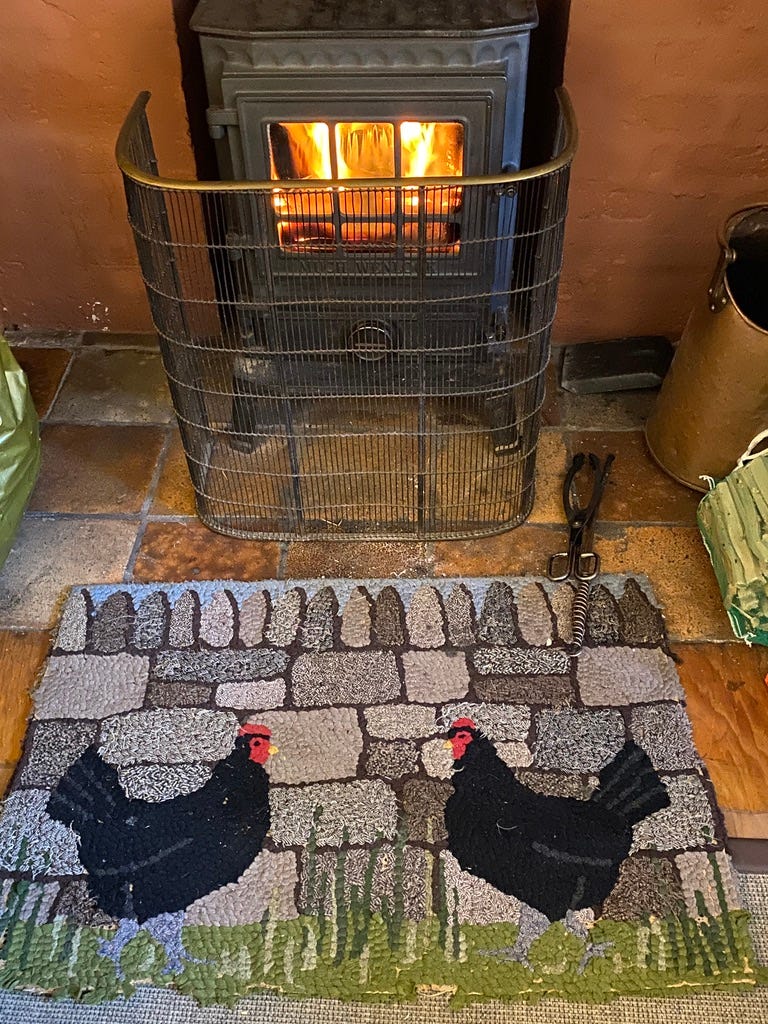
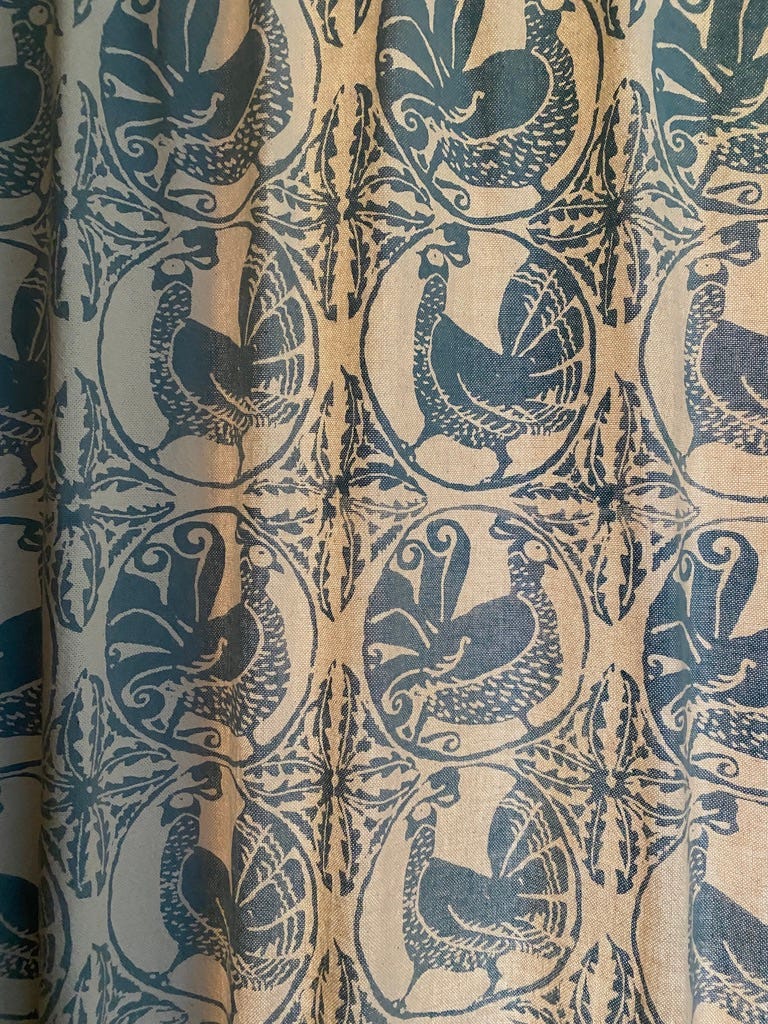
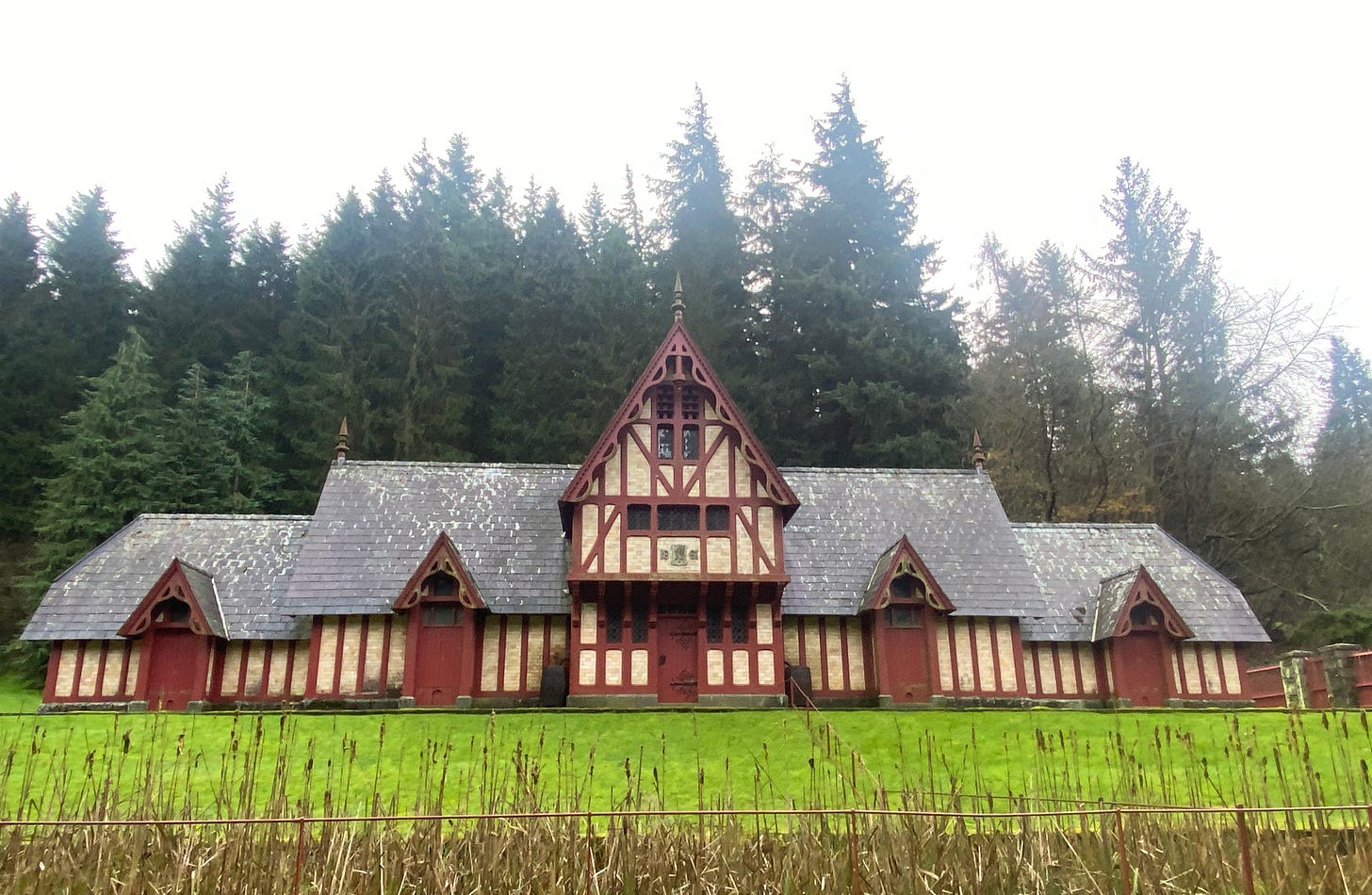
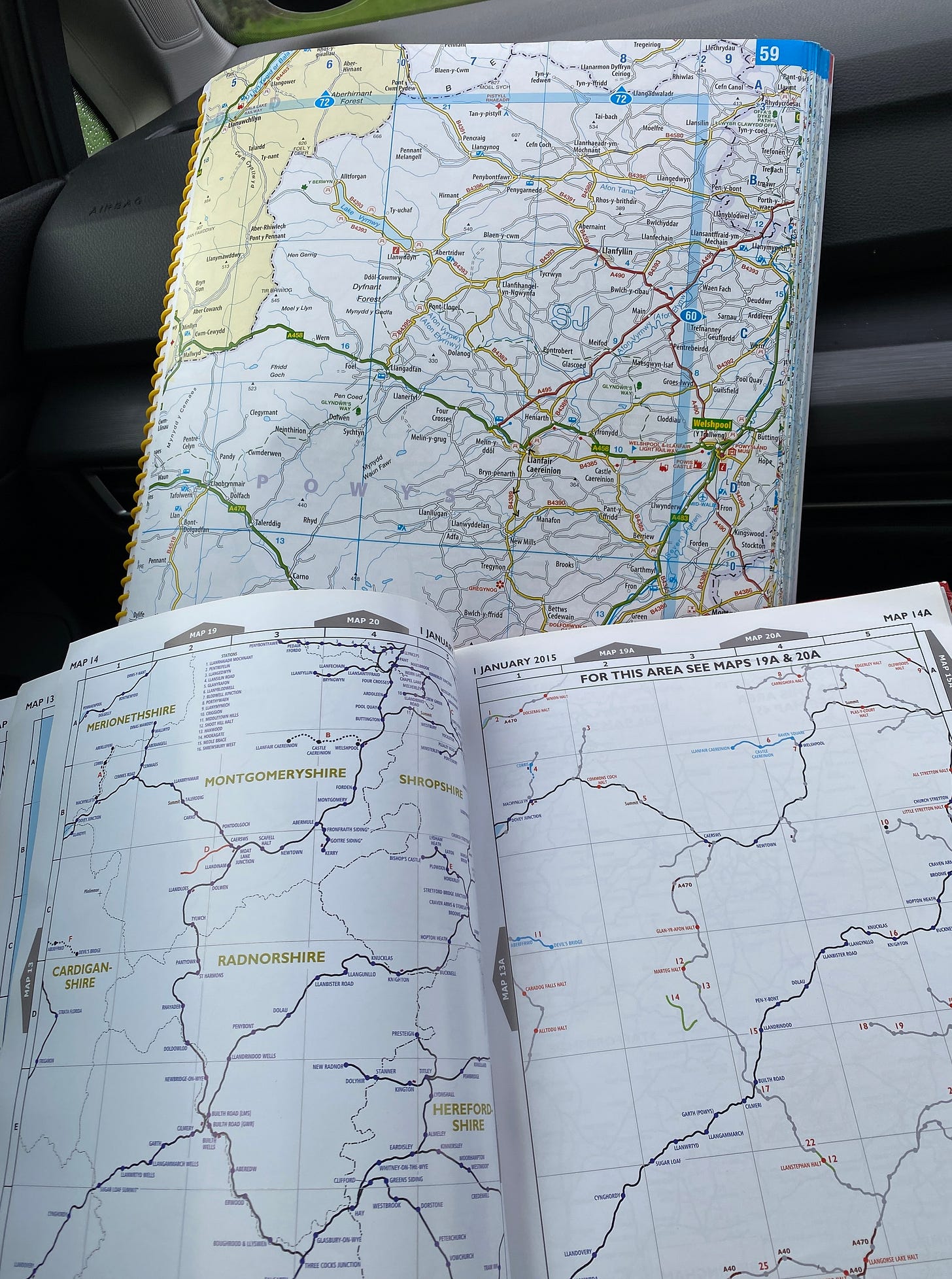

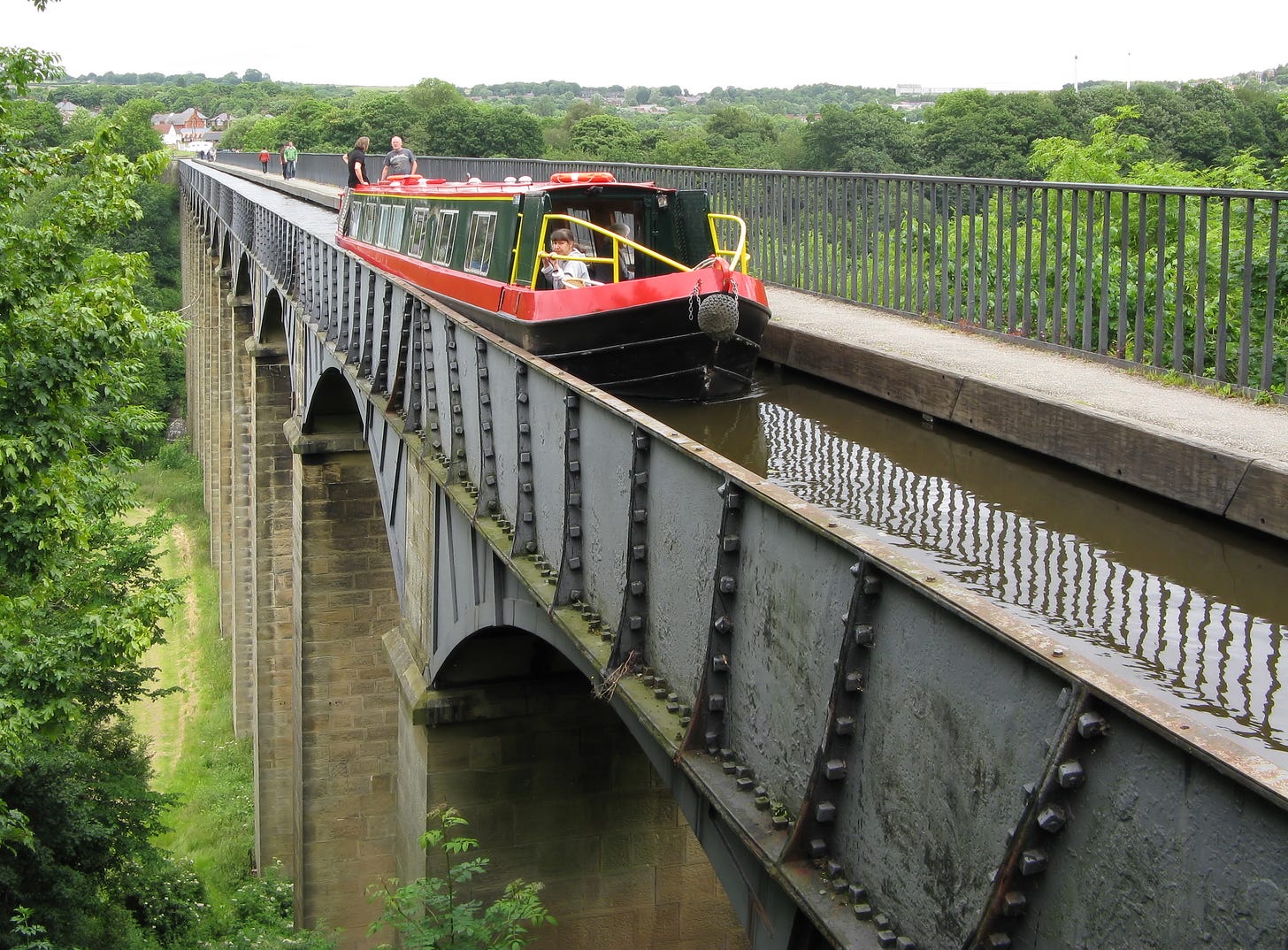

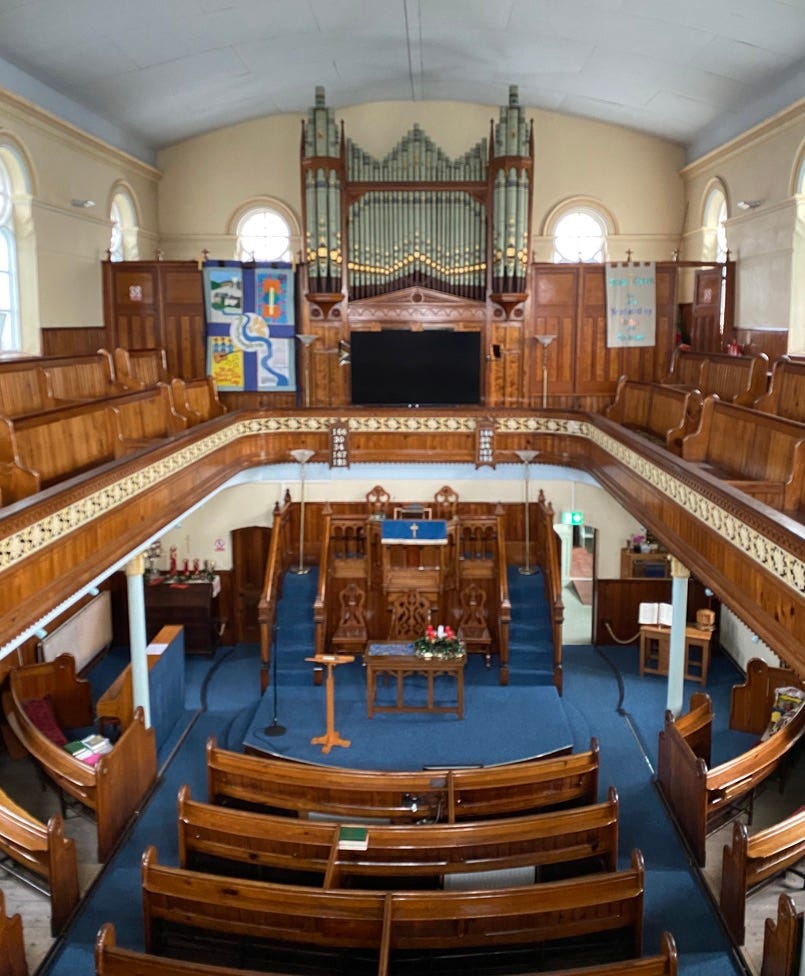
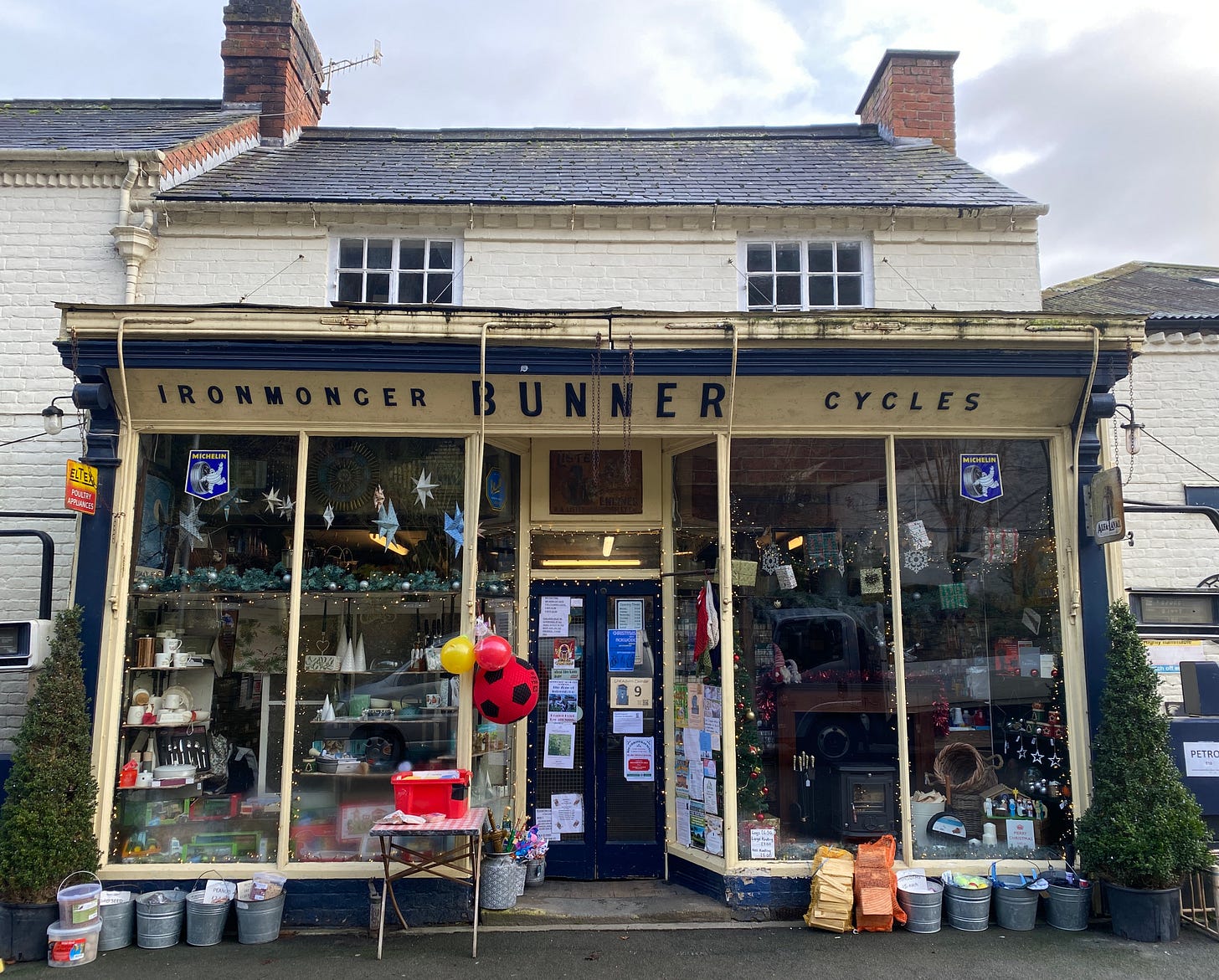
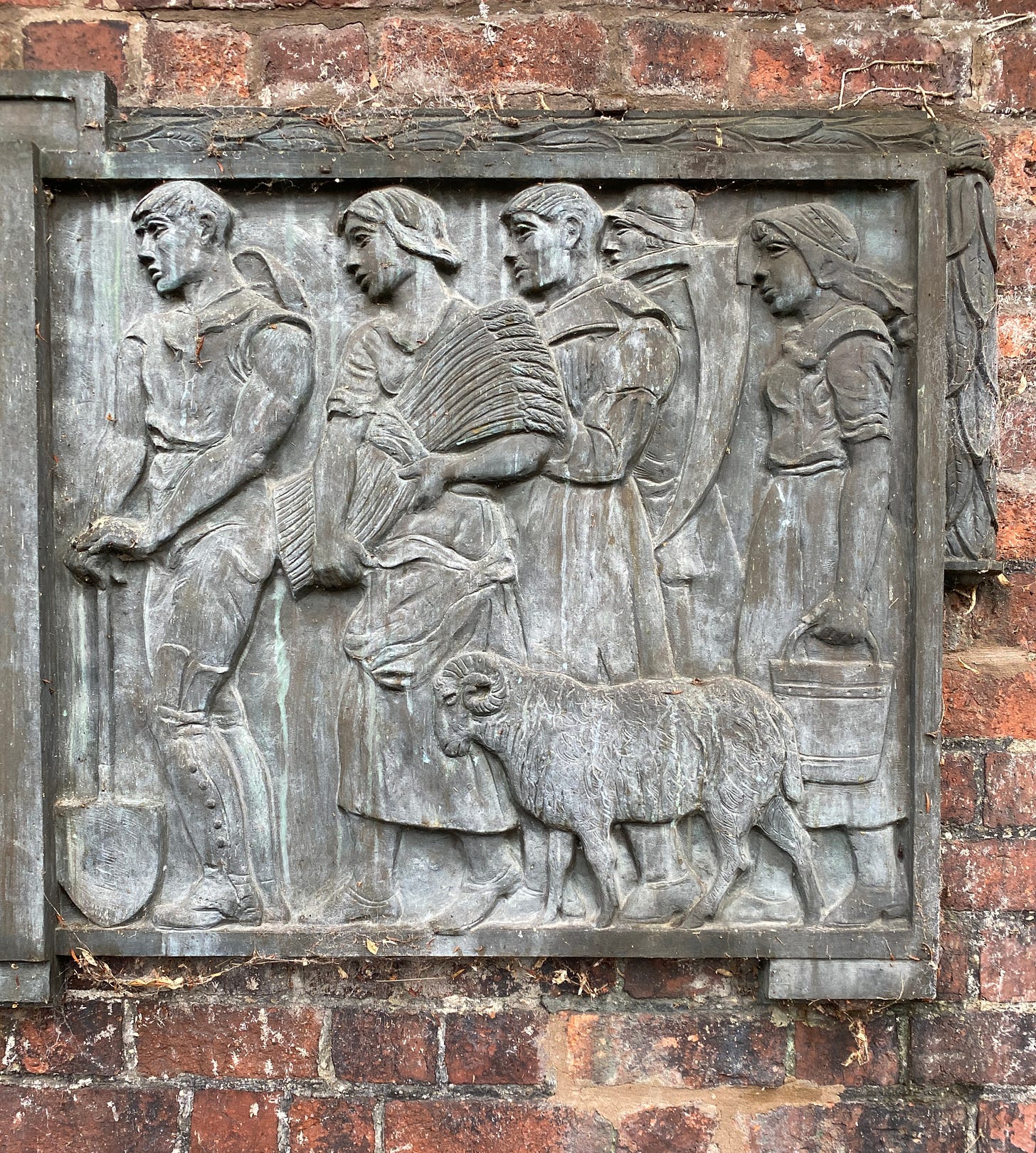


Fascinating. And I’m with you on Airbnb. I now no longer use it unless I can find places that are a part of someone’s home, not separate places that could be a local person’s home. I know what it is to live in a place where there is an acute shortage of housing for local people, and holiday lets (while undoubtedly tourists benefit the local economy) exacerbate this. Whereas hotels and proper bed and breakfasts provide jobs. We live and we learn.
Can't agree more about Airb&b - we won't use them.